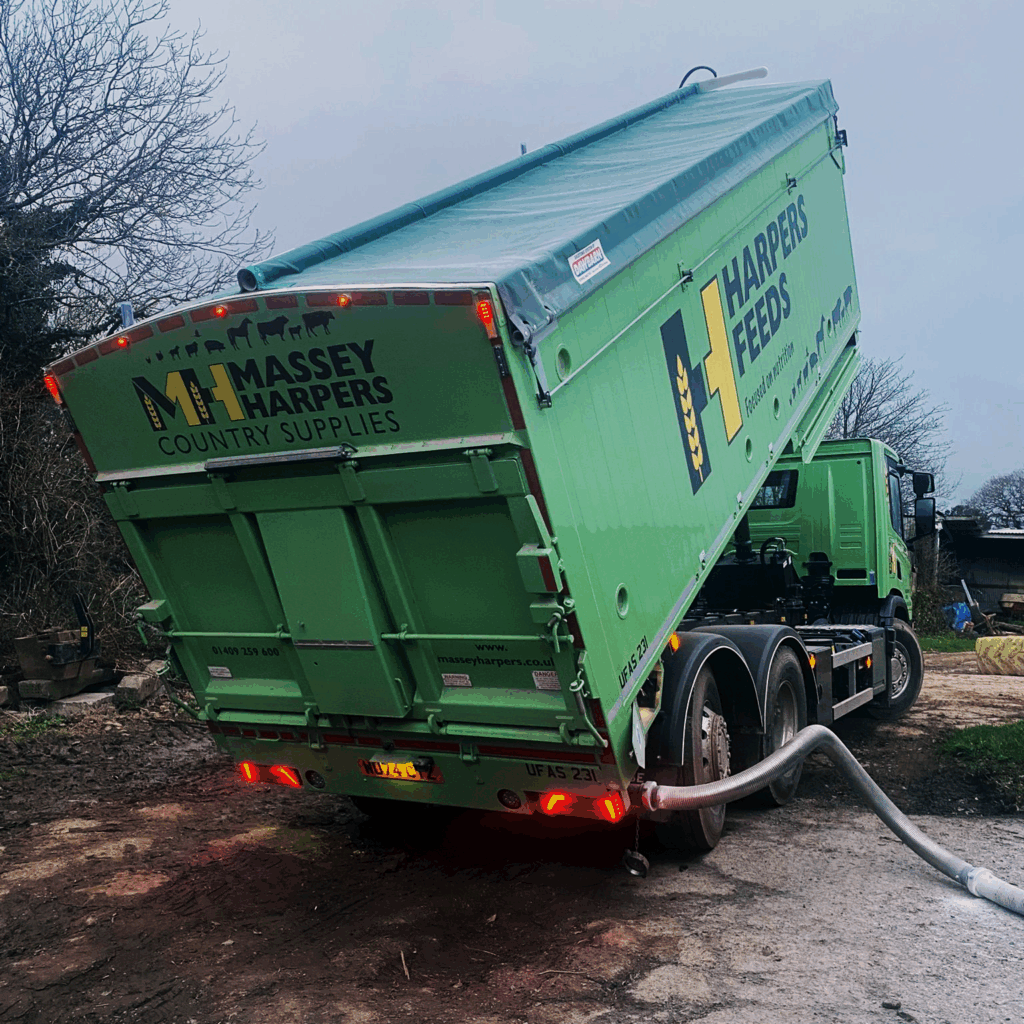
Inside a PRIDEN Bulk Blower: how geometry, pipework and controls deliver faster, safer discharge
Inside a PRIDEN Bulk Blower: Designed for Speed, Built for Safety
When you’re moving powders and granular products at scale, small engineering choices make a big operational difference. At PRIDEN, we design bulk blower bodies and systems to deliver high, repeatable discharge rates while protecting operators, vehicles and product. This post lifts the lid on the engineering decisions that matter—vessel geometry, pipework layout, air management and control logic—and how they combine to give fleets a faster, safer unload with audit-ready compliance.
Vessel geometry: flow first
Efficient discharge starts with internal form. Our aluminium and steel vessels are modelled to promote mass flow, reduce hang-ups and maintain consistent velocity as the product moves.
Smooth transitions, correctly sized hoppers and a minimised number of acute changes in direction reduce shear points and help prevent bridging. For multi-compartment builds, baffle placement and internal access are designed to balance payload with easy, hygienic cleaning on food-grade work.
Pipework: every bend counts
Friction is the enemy of throughput. We optimise pipe diameter, bend radius and the number of unions to cut pressure losses across the system. Wide-radius elbows, short runs, and consistent internal finishes reduce turbulence and wear. Quick-change couplings, stowage sleeves and clear labelling make hose handling safer and faster at the kerbside, while protected routing helps prevent damage during daily operations.
Air management: duty-matched from day one
Blower selection is matched to product, duty cycle and desired discharge rate. That means scoping the right pressure/flow envelope, drive method (PTO or on-board power), filtration and cooling so the system performs at target rates without over-stressing components. Relief valves, silencers and noise attenuation packages are sized and placed for both protection and operator comfort. Pressure and temperature monitoring provide the feedback drivers need to work quickly—without pushing the system beyond safe limits.
Controls that keep people safe and product moving
Good controls are simple, interlocked and hard to misuse. Our layouts prioritise clear sequencing: connect, confirm, start, monitor, stop. Interlocks and E-stops help prevent unsafe states; indicator lamps and buzzer alerts provide immediate feedback; and optional remote pendants let the operator maintain line-of-sight while staying clear of pinch points. Where specified, we integrate camera/lighting packages and fall-protection (catwalks, handrails, anti-slip) to meet site rules and insurer expectations.
Compliance built in
Compliance isn’t a paperwork exercise—it’s an engineering input. PRIDEN systems are designed to meet relevant BS/EN standards and customer specifications. Our approvals team manages the appropriate routes whether that’s WVTA/NSSTA/IVA and supplies commissioning records, pressure/temperature logs and specification packs so fleet managers have an audit trail from the first unload.
Serviceability and whole-life value
Downtime costs more than components. We design for easy access to wear parts, use standardised fittings where practical, and provide parts pathways aligned to service intervals. That means faster inspections, simpler preventative maintenance and fewer surprises in the yard.
Results you can feel on the ground
When geometry, pipework and controls are engineered as a single system, the results show up in daily work: quicker unloads, less driver fatigue, fewer hose incidents, and cleaner compliance sign-offs. For operations managers, that translates into higher vehicle utilisation and predictable schedules; for finance teams, it means lower lifetime cost per tonne moved.
How Can We Help
Planning a new build or standardising across your fleet? Talk to PRIDEN’s engineering team about a duty-matched bulk blower system designed for your product and sites.